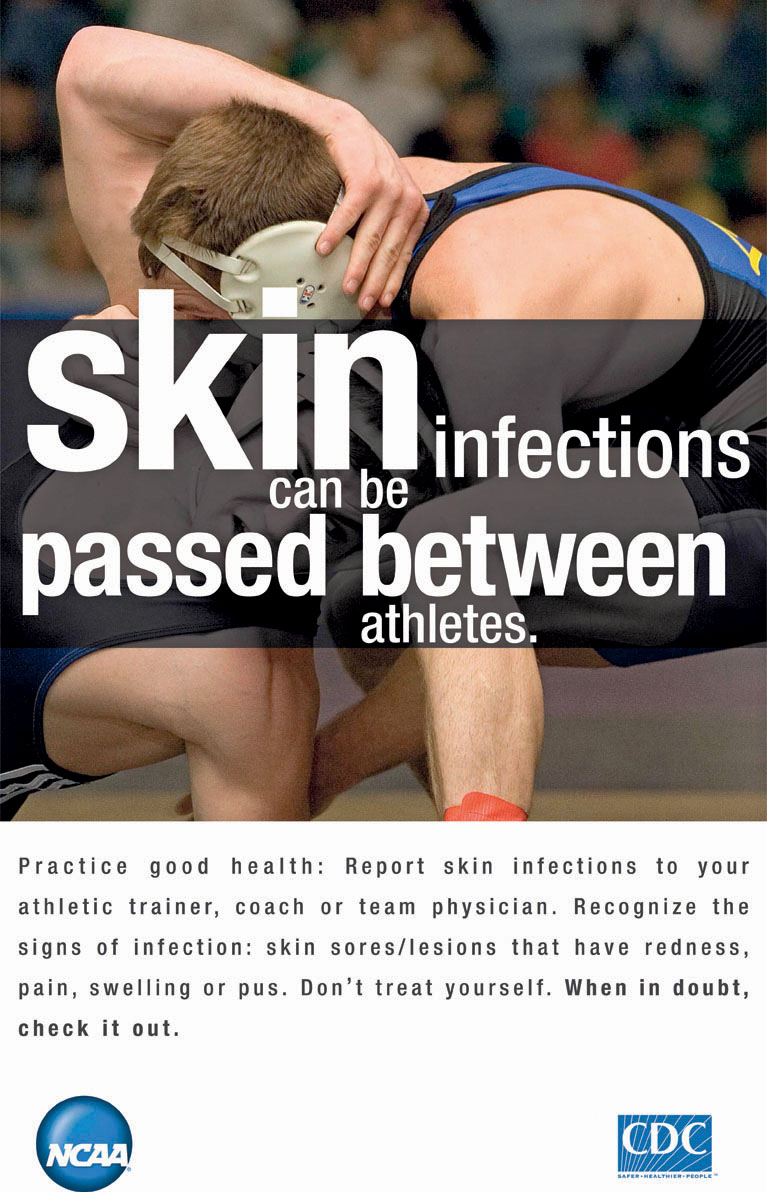MRSA IN THE COMMUNITY
Drug-resistant staph strains first emerged in hospitals during the early 1960s, partly as a result of selection pressure from antibiotics. Since then, hospitals have remained hot spots for staph infections. The combination of heavy antibiotic use, lots of sick patients, and close quarters makes hospitals a fertile environment for the emergence of resistant bugs.

In response, many hospitals have implemented measures to reduce infections. For example, studies have shown that measures as simple as requiring all health care workers to wash their hands before handling each patient can dramatically reduce the number of infections. However, the rate of hand washing among health care workers remains dismally low. A 2010 study published by researchers at the Atlanta Veterans’ Affairs Medical Center found that fewer than 50% of health care workers followed guidelines for hand hygiene in the hospitals observed in the study. Other studies have shown similar numbers. “It is really important that people do low tech things that make a high difference,” says Ruth Lynfield, state epidemiologist and medical director of the Minnesota Health Department. “Washing hands well and often is absolutely critical.”

313
Another common strategy for reducing the spread of infections is to include hand-sanitizing stations at the exit of patient rooms and in other high-traffic areas. These devices typically dispense a 62% alcohol gel (for example, Purell), which kills most bacteria. Because the gel is mostly alcohol and evaporates quickly, it can be used in place of hand washing. Since 2002, the CDC has recommended the use of alcohol-based hand sanitizers in hospital settings as an effective way to reduce the spread of germs when hands are not visibly soiled; when hands are visibly soiled, washing with soap and water is the preferred method of sanitization.
More alarming than MRSA infections in hospitals are MRSA infections in the community at large. Though MRSA has been around for more than 40 years, in the mid-1990s the rate of community-acquired infections in the United States began to soar, explains Daum, of the University of Chicago. Currently, about 85% of MRSA infections occur in people who are hospitalized or who have come in contact with the health care system. The other 15% occur in people in the community with no hospital connection. In some groups, such as day care children and prisoners, 60%-90% of those who show up at a hospital or clinic because of a skin infection are infected by some strain of drug-resistant staph, he says.
314
What has happened in the last 20 years? A new strain of Staphylococcus aureus emerged and flourished in an environment where antibiotic use is rampant. Daum thinks that drug-resistant staph strains circulating in the community evolved separately and more recently than other resistant strains. In addition, he and his colleagues recently showed that a strain called USA300 is more virulent than other MRSA strains. “It appears to be juiced up,” he says. Many USA300 genes are expressed at high levels. One gene in particular that controls expression of a number of staph toxins, which can damage cells and tissues as well as cause toxic shock, is turned on all the time.
The result is that people infected with these strains have more-severe disease, the most infamous example of which is necrotizing fasciitis, in which the bacteria literally eat through skin and soft tissues. These “superbugs” can also kill more quickly. In necrotizing pneumonia, the bacteria eat through lung tissue and kill the victim. Symptoms can appear so suddenly that, according to Daum, “You could be healthy at 1:00 in the afternoon and be dead by 1:00 in the morning.”
It was likely USA300 or a related strain that killed Carlos Don, Rebecca Lohsen, and Ricky Lannetti. “I’ve been an infectious disease guy for over 20 years now and we didn’t talk about staph necrotizing pneumonia like we do now,” says Daum.
Even more troubling, staph is continuing to evolve. There is evidence that when strains that are prevalent in the community mix with strains that are prevalent in hospitals, the risk increases that an even more virulent staph strain will emerge.